Five Uncommon But Natural Plant Fertilizers More People Should be Using
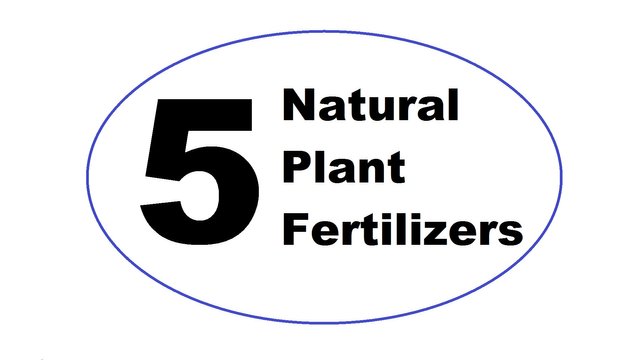
Plants need nutrients, not chemical cocktails. Historically, these came from the soil and the things in it, not from the laboratory.
The nutritional value of the over-processed concoctions lining the shelves at the grocery store is lacking. You’ll get full, but whether or not you’ll get nourished is another story. It’s also sad that so many of the fruits and vegetables available commercially are mere shells of the foods that they once were. Healthy plants growing in nutrient-rich, living soil is almost a thing of the past. The point is simple; if the soil in which the plants are growing has been robbed of all the vitamins and minerals that it once possessed, how could the plants possibly get any? The fruit or vegetable may look the same on the outside, or maybe even better, but it’s what’s on the inside that counts.
I am about to share some natural means to enrich the soil and fertilize your plants basically for free.
FISH
It may sound a little strange or simple, it’s not an entirely unheard of option. Perhaps the Native Americans really didn’t fertilize with fish as some claim, but I wasn’t there, so I can’t say either way. All I know is that it works. Not only is it a great organic way to feed the microbes in the soil, it’s actually comparable to manure as far as protein content is concerned, but fish won’t “burn” your plants. Fish emulsion is even sold commercially as a fertilizer. (Sometimes we seem to think ideas are better just because they some in a bottle, but I like avoiding the cost associated with a middle man.)
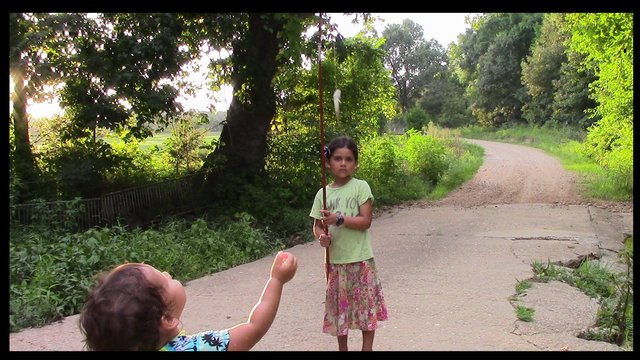
CATCHING MINNOWS WITH THE KIDS
If you are an angler, I would suggest burying your fish carcasses under your garden plants or fruit trees. It’s always best to get them into the ground before the plants, but, if you are careful, you can do it without disturbing the root systems.
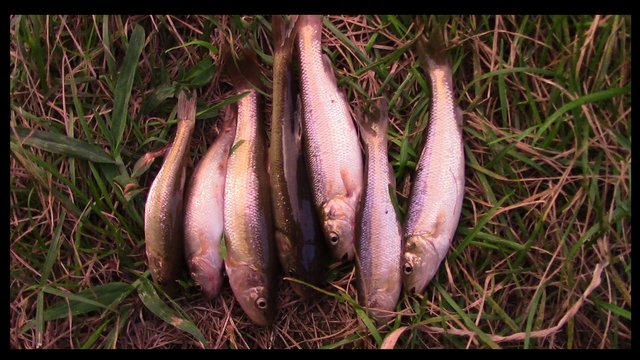
FRESH FERTILIZER
If we catch smaller panfish or minnows, I’ll often bring them back home to use as fertilizer.
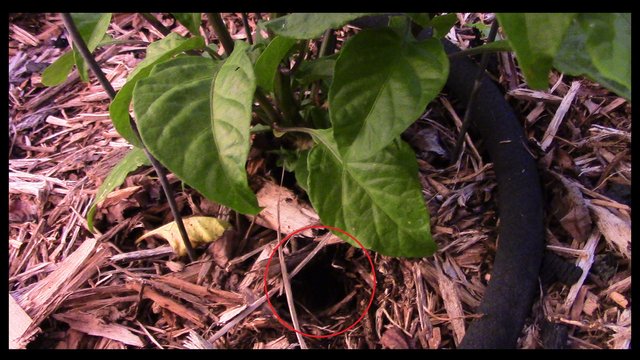
NOTE THE HOLE INSIDE THE RED CIRCLE
My “planting” method is to use a long stick of bamboo to make a whole next to the plant that eventually angles underneath the plant.
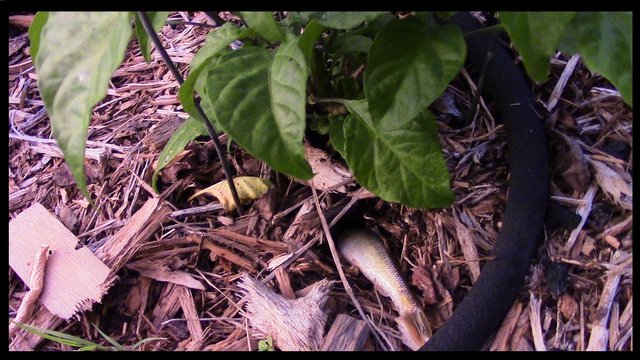
THE MINNOW IS HEADING DOWN THE HOLE
I’ll slide the minnow or small fish down the hole and bury it. Sometimes I’ll use the bamboo as a ramrod to force the fish into the bottom of the hole.
One thing to watch out for when using this method of fertilizing is dogs and other animals that may dig it up. Not only will you lose the fertilizer, you’ll most likely lose the plant that you were trying to fertilize too.
ASHES
Anyone who's ever enjoyed a campfire or heating their home with the fireplace knows that ashes are a natural byproduct. All too often, though, this precious resource is simply dumped in an out of the way spot and not utilized.
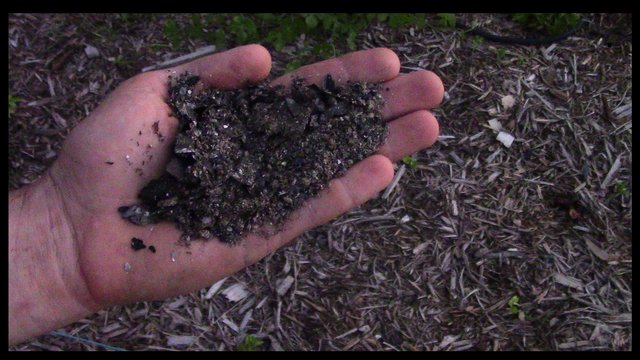
A HANDFUL OF ASHES
Ashes from wood fires contain many essential nutrients necessary for plant growth, such as Magnesium, Calcium, and Potassium. Burning just any wood will not produce appropriate fertilizer. If the wood has been painted or treated with chemicals, do not put the ashes into your garden. The best wood for burning, and for ashes, is always logs and branches from the woods. Since I don't till my soil, I'll just sprinkle the ashes around the base of the plants whenever the fire has gone out. If you till, I'd sprinkle ashes all over the garden prior to tilling, and get all it has to offer mixed into the soil.
EGGSHELLS
Eggshells are a great fertilizer that I've been using for years. The best way to use them is to crush them up prior to placing them in the garden. Some people will even start seedlings in the eggshells. Just fill the eggshell with soil and plant the seed inside. Once it's ready for the garden, gently crush the shell as you plant the seedling.
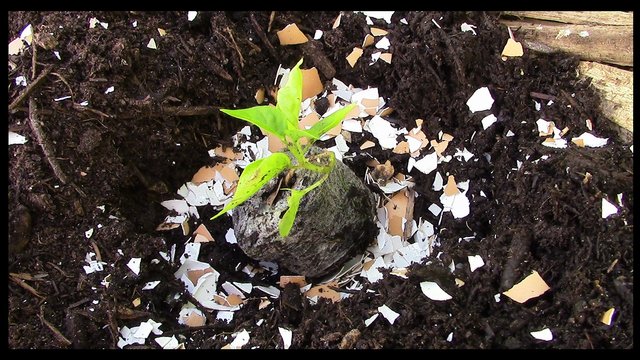
USING CRUSHED EGGSHELLS TO GET A PEPPER SEEDLING OFF TO A GOOD START
The main nutrients that eggshells bring to the table are Calcium and Phosphorous. Calcium is especially important for growing such common foods as tomatoes and peppers. When I plant seedlings for these varieties, I'll put a decent amount of crushed eggshells into the hole first (often with some other natural soil amendments). Blossom end rot is a disease that affects tomatoes. The problem? Not enough Calcium. Solution? Add eggshells ahead of time, next time.
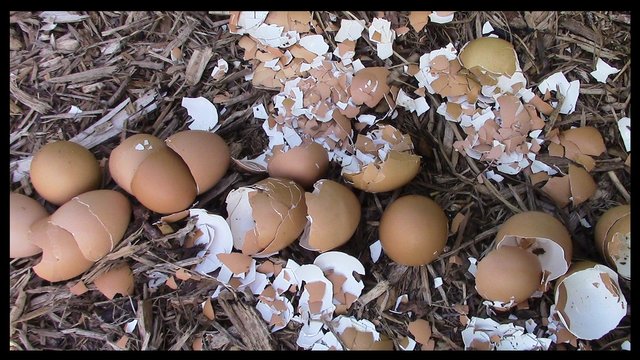
EGGSHELLS NO LONGER GO IN THE GARBAGE
Once all the seedlings are in, and I've already got all the eggshells applied where I wanted them, I'll just toss the extra ones in the garden anyways. As we walk around, we'll crush them. Over time, as the mulch decomposes and the eggshells break down, they'll continue to enrich the soil for future crops. Eggshells can also be added to compost piles.
RABBIT MANURE
Rabbits are great animals to have around. Whether they are just for pets, or as a renewable source of meat, they're fun, and great for the children. Plus, the inevitable byproduct is rabbit manure. When our rabbits aren't outdoors, we keep them in some cages with our friends rabbits. I constructed a catch system underneath the cage to funnel all the manure into a five gallon bucket. (Yeah, I like 5 gallon buckets.)
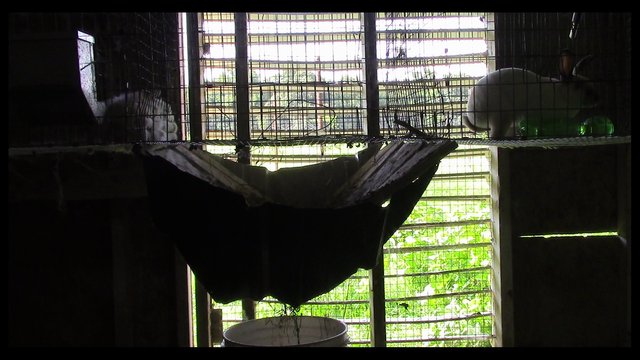
FUNNEL FOR CATCHING RABBIT MANURE
By funneling the rabbit manure directly into a bucket, I've accomplished two things. First, I don't have to shovel it up. Second, I can fill the remainder of the bucket with water to make a "rabbit manure tea" for the plants. When I water them with this tea, they immediately get more nutrients than if I just used water.
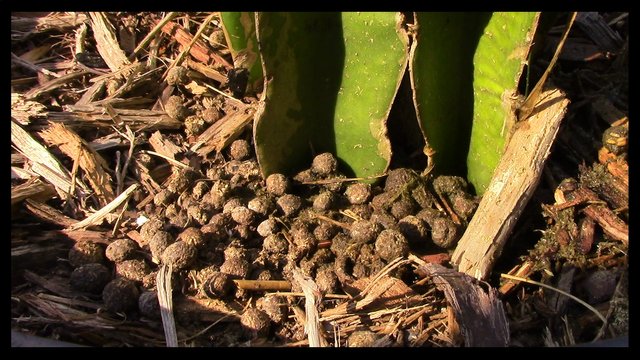
RABBIT MANURE APPLIED DIRECTLY TO THE BASE OF A PITAYA PLANT
Since rabbit manure is considered to be a "cold manure", it will not "burn" the plants like so many other manures. Other varieties need to be composted first, but rabbit manure can be applied to the soil immediately. If I don't use it as a tea, I'll simply sprinkle some around the base of the plants that I want to fertilize. Then, when it rains or as I water the plants, the nutrients provided are released into the soil.
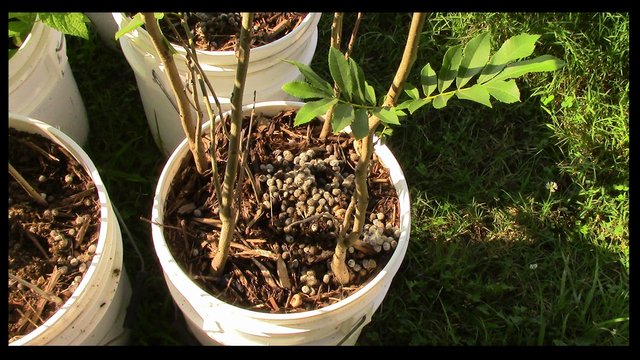
FERTILIZER FOR MY 1000 TREE PROJECT
Nitrogen, Potassium, and Phosphorus are the main nutrients provided by rabbit manure, though it also contains smaller amounts of Magnesium, Sulfur, Zinc, Calcium and others. Also, by catching the waste in the bucket, I'm also capturing the rabbit urine, which is not only high in Nitrogen, it also leads me to my final fertilizer.
URINE
Urine, yes, pee. Technically, it's a good free fertilizer. It easily supplies the nutrients that it contains to the plants root system when applied, and may be part of why boys and men are so inclined to pee on trees. It is actually good for the trees!
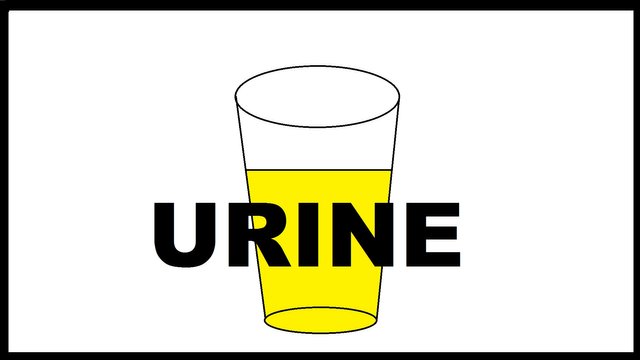
URINE: FREE LIQUID YELLOW FERTILIZER
Urine is not only readily available and free, it also has a Nitrogen-Phosphorus-Potassium ratio of 10:1:4, which is how they measure fertilizers. Though some may be even more turned off to this idea than they would be to using manufactured chemicals, urine is a valid option for fertilizing plants. Now, if you live in an apartment complex in a major city with a small, potted balcony garden, I wouldn't recommend applying urine directly to the plants straight from the source. Also, when using any sort of manure or urine as a fertilizer, don't apply it immediately prior to eating.
CONCLUSION
Plenty of uncommon and ancient methods of fertilizing plants are now coming back into popularity. Many crave more from their food, and are opting out of the commercialized mega-agricultural big business ways of attempting to produce high quantity yields for the least amount of capital. Since buying organic is often outside of the acceptable price range of many, plenty of folks these days are turning to growing their own food naturally. These are just some of the simple ways to get more nutrients into the food you grow without breaking the bank by purchasing commercial fertilizers. I'll post some other great fertilizer ideas later.
For some of my thoughts on the value of growing your own food, check out If a Penny Saved is a Penny Earned...
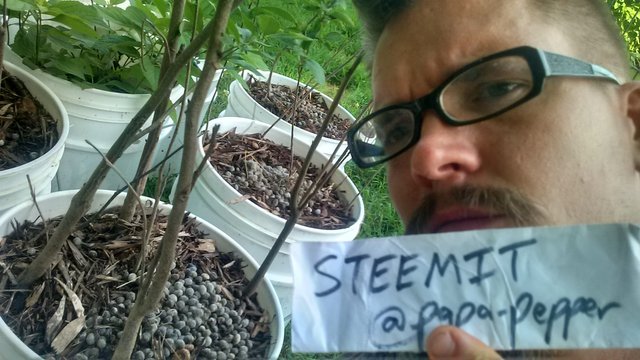 )
)
I upvote U
Thank you for sharing. We have a huge garden. From now on, no egg shell will be wasted. Great job.
Glad I could help.
Great overview of some natural fertilizers! I use rabbit manure every spring to help build the soil. And fish emulsion + kelp = amazing results.
Yeah seaweed (or sea vegetables if you prefer) are great too. I might do one later including other options like coffee grounds and seaweed and such. Your food must be delicious.
Very nice presentation.
are those really uncommon? where i live, a lot of people use them, especially eggshells. I liked the post though :)
@turtler - is that a name based on turtles?
Personally, they're my favorite.
I get your point, but I think in the grand scheme of things, with all the mass-produced food, natural fertilizers like eggshells are only used in producing a tiny fraction of all the food being produced, making them uncommon overall. In certain circles and areas lots of people use them, and I'm glad for that. I'm just trying to get more people to consider options that they don't have to buy in a bottle off of the shelf. I'm glad you liked the post, thanks!
It is a name based on turtles, they're my favourite too :)
Dear User known as @papa-pepper
Steemit has a BOT problem! Your Vote Counts... Maybe
https://steemit.com/steemit/@weenis/bots-steemit-s-first-community-based-decision-on-bots-your-vote-counts-to-be-or-not-to-be-details-inside
Hi! This post has a Flesch-Kincaid grade level of 8.4 and reading ease of 68%. This puts the writing level on par with Leo Tolstoy and David Foster Wallace.
So helpful!